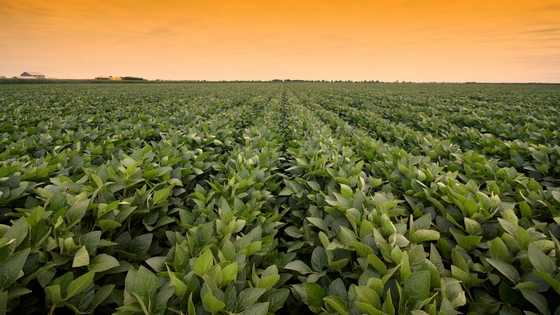 The mention of pesticides may cause your brow to raise. Yet, it is an important tool in a farmer’s tool box to protect your food supply from pests, weeds and diseases that have the power to destroy entire crops. According to Crop Life International, even with the use of modern crop protection products, 20 to 40% of potential food production is lost every year to pests. Food crops are bombarded with injuries from insects and weeds that stunt growth, lowering the food supply and increasing food prices. Food waste increases as fruits and vegetables are contaminated with disease and unable to go to market.
The mention of pesticides may cause your brow to raise. Yet, it is an important tool in a farmer’s tool box to protect your food supply from pests, weeds and diseases that have the power to destroy entire crops. According to Crop Life International, even with the use of modern crop protection products, 20 to 40% of potential food production is lost every year to pests. Food crops are bombarded with injuries from insects and weeds that stunt growth, lowering the food supply and increasing food prices. Food waste increases as fruits and vegetables are contaminated with disease and unable to go to market.
James William Lewis, Jr., who farms 600 acres in Caroline County, began his career by growing vegetables, then moved on to hay, and currently grows grain. No matter what the crops are, Jim follows best management farming practices which include the use of pesticides. “Pesticide use has changed dramatically in Maryland in the last few decades,” Jim says. “For the farmer, the secret is in knowing the field to apply the right crop protectant at the right rate, time and place. This precision agriculture is used on 90% of the farmland in the state and the number continues to rise.”
Soybean and grain farmers fund research by the University of Maryland Extension to develop pest management plans using precision agriculture, which reduces pesticide use to protect the environment while keeping farming economically viable.
Precision agriculture is, as its name suggests, a practice that makes farming more accurate and controlled by using technology. For example, computer-based applications are used to create precise farm plans, field maps, crop scouting and yield maps. With this information, farmers can determine where plants are thriving, therefore don’t need inputs, and where plants are struggling due to pests and diseases. A plan is then developed for each field and is entered into a computer which controls sprayers in the field that are so precise, inputs can be placed on a single plant, but not the healthier plant next to it. This allows for precise application of pesticides and fertilizers to just those plants that need it to thrive, which helps protect the environment, produce higher yields and reduce production expenses.
Jim says there are three commonly used pesticides on farms. “Herbicides control weeds with a much lower carbon footprint than mechanical weed control,” he says. “Insecticides control worms, bugs and insects, and fungicides control diseases to increase production per acre so less land needs to be used to grow the same amount of food.”
These can be broken down further to synthetic and non-synthetic pesticides. Organic farming uses pesticides to prevent pests from destroying their crops, but are limited primarily to the non-synthetic form, while in traditional farming either form can be used.
A practice that ties into precision ag is Integrated Pest Management. “IPM is followed on most farmland which sometimes means no pesticide is applied and, if used, the pesticide is minimally applied in a timely and accurate way following research-based practices,” Jim adds. Even golf courses and schools use IPM. The U.S. Department of Agriculture says it’s a sensible and economical approach to dealing with pests using methods to protect human health and the environment. It’s a holistic approach to integrating multiple pest control strategies for maximum effect, often using less pesticides and increasing sustainability.
All foods, whether grown using pesticides in organic farming or traditionally, are regulated and safe. Try out this Food Safety Calculator to see how much food a person can consume without experiencing adverse effects of pesticides.
Hungry for more? Read how you can use farming practices in your own yard and garden. Learn more about good bugs versus bad bugs. Read why not all farms can be organic.
Sign up for our newsletter and find us on Facebook, Twitter and Instagram.

